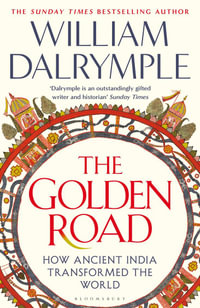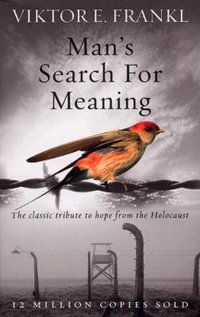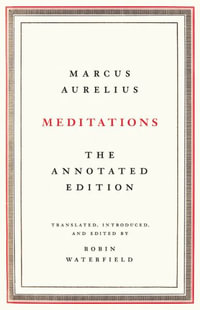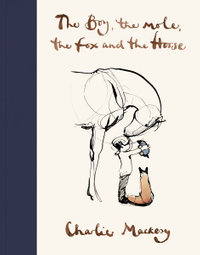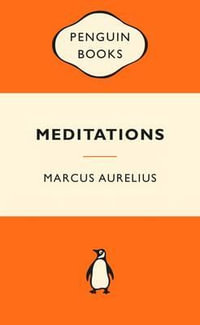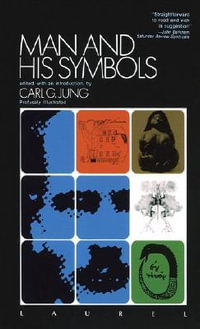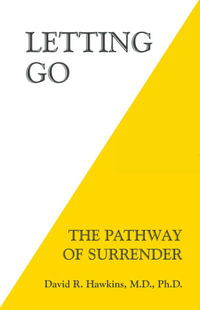In thirteenth-century China, a Daoist monk named Gao Daokuan (1195-1277) composed a series of illustrated poems and accompanying verse commentary known as the Daoist Horse Taming Pictures. In this annotated translation and study, Louis Komjathy argues that this virtually unknown text offers unique insights into the transformative effects of Daoist contemplative practice. Taming the Wild Horse examines Gao's illustrated poems in terms of monasticism and contemplative practice, as well as the multivalent meaning of the "horse" in traditional Chinese culture and the consequences for both human and nonhuman animals.
The Horse Taming Pictures consist of twelve poems, ten of which are equine-centered. They develop the metaphor of a "wild" or "untamed" horse to represent ordinary consciousness, which must be reined in and harnessed through sustained self-cultivation, especially meditation. The compositions describe stages on the Daoist contemplative path. Komjathy provides opportunities for reflection on contemplative practice in general and Daoist meditation in particular, which may lead to a transpersonal way of perceiving and being.
Industry Reviews
Fascinating and provocative on their own, the Daoist horse taming poems and pictures respond to a well-known Chan (Zen) Buddhist text called the Ox Herding Pictures. Komjathy's translation thus completes a conversation we have only seen half of for a long time. -- Suzanne Cahill, University of California, San Diego Komjathy provides a fascinating study with impeccable translations of the original Chinese text and commentaries on the Daoist Horse Taming Pictures, often thought of as parallel to the Chan Buddhist Ox Herding Pictures in providing a visual and literary template for understanding the stages of spiritual discipline and training. Taming the Wild Horse is a must-read for all scholars doing research in the fields of East Asian and comparative religion, philosophy, literature, and culture. -- Steven Heine, Florida International University With elegance and erudition Komjathy invites the reader into a journey through a medieval Chinese religious landscape that is strangely familiar, but deeply embedded in a historical and cultural context far removed from the modern world. Translated into English for the first time, the Horse Taming Pictures provide a heretofore unseen glimpse into the world of Daoist monastic training. Komjathy pioneers a new model for Daoist studies that is historically nuanced but reaches forward into issues of contemporary ethical and spiritual concern. -- James Miller, Queen's University Komjathy has uncovered a previously hidden gem of the Daoist contemplative path that was inspired by the famous Ox Herding Pictures. His translation is deft, his notes are meticulous, and the historical, philosophical, and zoological contextual materials he provides are thorough. This is essential reading for those interested in the history of Daoism, the Complete Perfection (Quanzhen) School, comparative mysticism, and the culture of the horse. -- Harold D. Roth, Brown University Rarely is the field of animal studies so fortunate as to have a leading area specialist give such substantial critical attention to animals. Komjathy's richly annotated translation makes this centuries-old set of prints and poems accessible for anyone interested in the intersection of animals and religion. The book's robust engagement with animal studies leads to stunning insights into the nature of Daoist contemplative practices and, ultimately, into the nature of religion. -- Aaron Gross, University of San Diego

